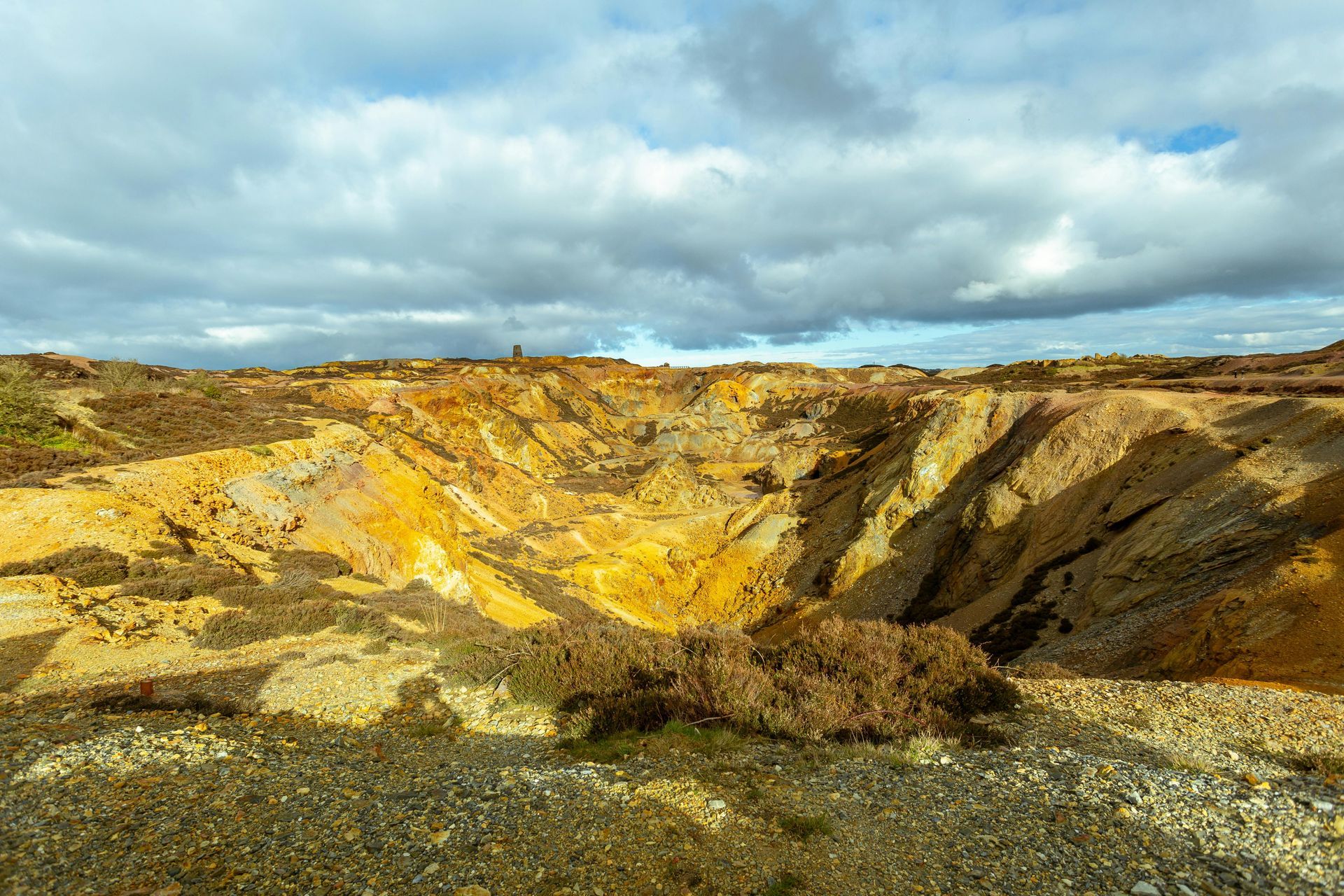Mining in Zambia: Rich Resources, Real Challenges
Unearthing Wealth, Navigating Challenges: How Zambia's Mining Sector Shapes Its Future

Zambia, often dubbed the "Copperbelt of Africa," stands tall among the world’s top producers of copper. With its vast deposits of copper, cobalt, gold, emeralds, manganese, and more, the country's subsoil wealth has long been a backbone of its economy—and a source of both immense promise and complex challenges.
A Legacy Forged in Copper
Mining in Zambia dates back over a century, with copper being the crown jewel. The Copperbelt Province and North-Western Province are home to some of the largest mining operations in Sub-Saharan Africa, attracting major players such as First Quantum Minerals, Barrick Gold, and Glencore. Today, Zambia is the second-largest copper producer on the continent, contributing significantly to global supply chains that power everything from smartphones to electric vehicles.
Economic Lifeline—and a Double-Edged Sword
The mining sector accounts for nearly 70% of Zambia’s export earnings. It supports thousands of jobs and underpins much of the nation’s infrastructure development. However, dependence on copper exports has left the country vulnerable to global price fluctuations, making economic diversification a key national priority.
Policy Shifts and Investor Confidence
Over the past decade, Zambia’s mining industry has experienced a tug-of-war between regulatory changes and foreign investor confidence. Policy inconsistencies, tax reforms, and royalty disputes have occasionally shaken the sector’s stability. Recent efforts by the Zambian government, including restructuring state-owned mining assets and revising fiscal frameworks, signal a push toward a more investor-friendly and sustainable mining future.
Sustainability and Social Impact
Environmental sustainability and community impact remain at the heart of mining discussions in Zambia. Deforestation, water usage, land disputes, and concerns over pollution call for increased accountability. Meanwhile, mining companies are under pressure to not only create jobs but also invest in local education, healthcare, and infrastructure.
The Future is Underground—and in Innovation
As surface deposits dwindle, Zambia is pivoting toward deeper, more technologically advanced mining methods. Local startups and international collaborations are exploring opportunities in AI, automation, and renewable energy-powered operations. Moreover, Zambia’s untapped rare earth elements could position the nation as a future powerhouse in green tech supply chains.
Final Thought
Mining in Zambia is more than an economic activity—it’s a national narrative of potential, resilience, and transformation. As the world accelerates into the clean energy era, Zambia’s mineral wealth places it at a pivotal crossroads: to mine not only for profit but for the prosperity of future generations.


